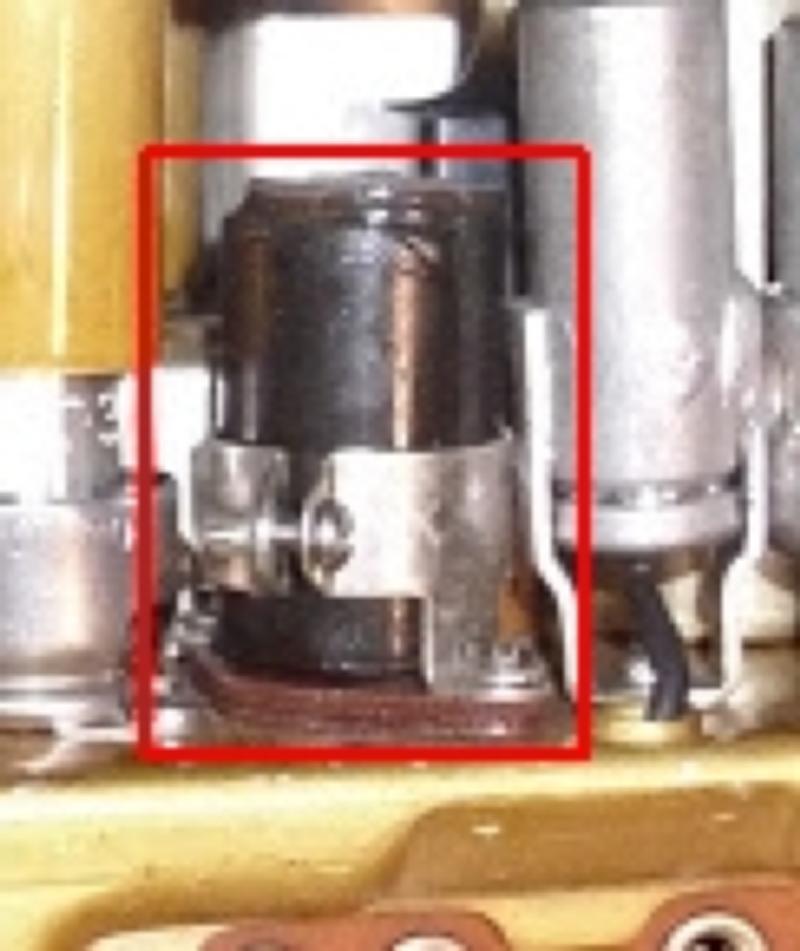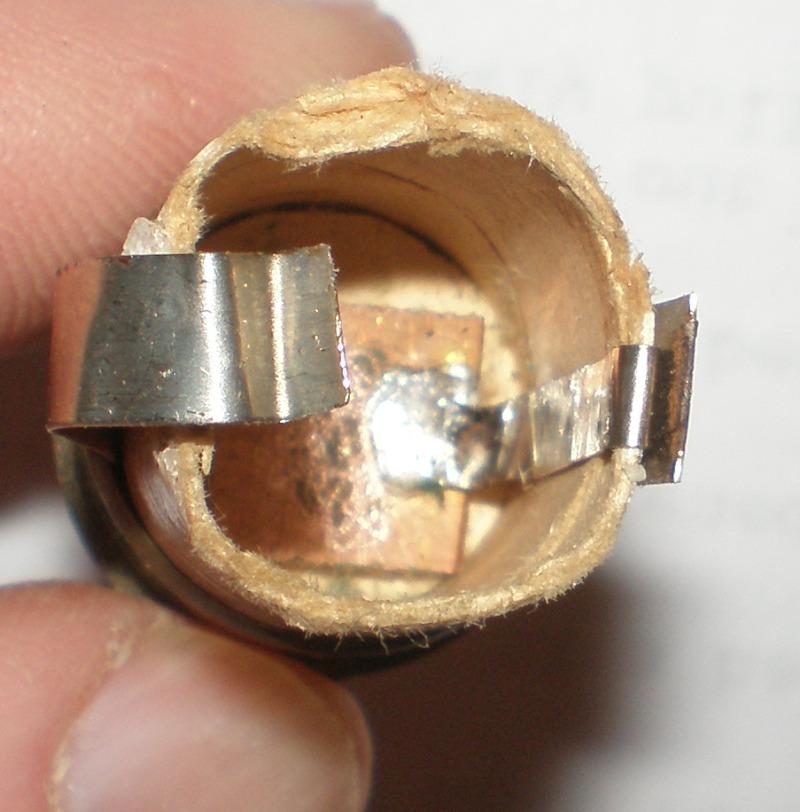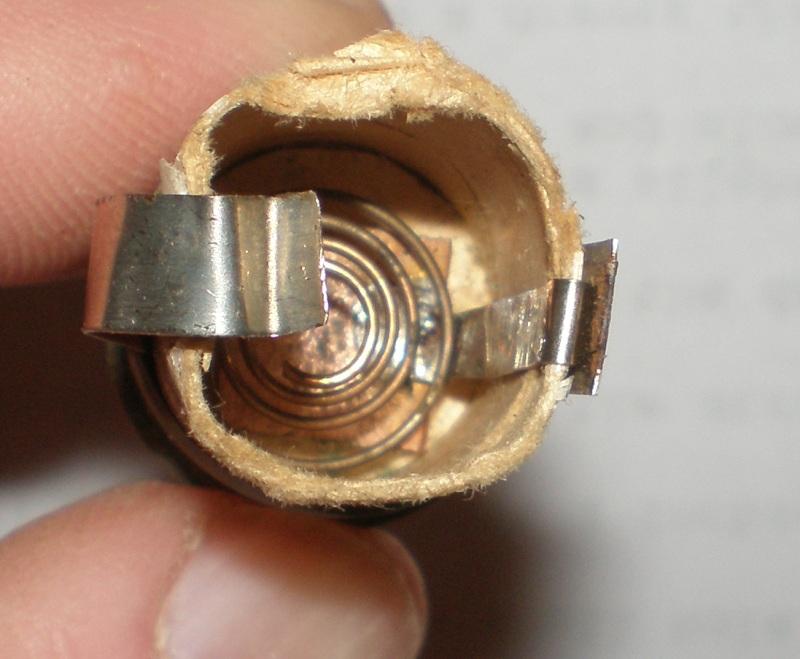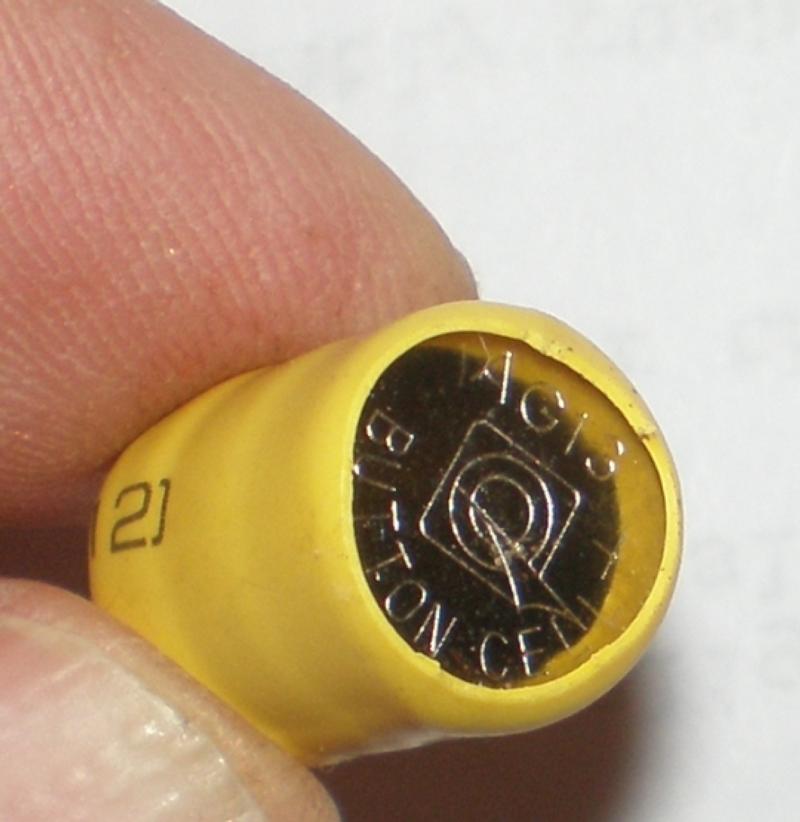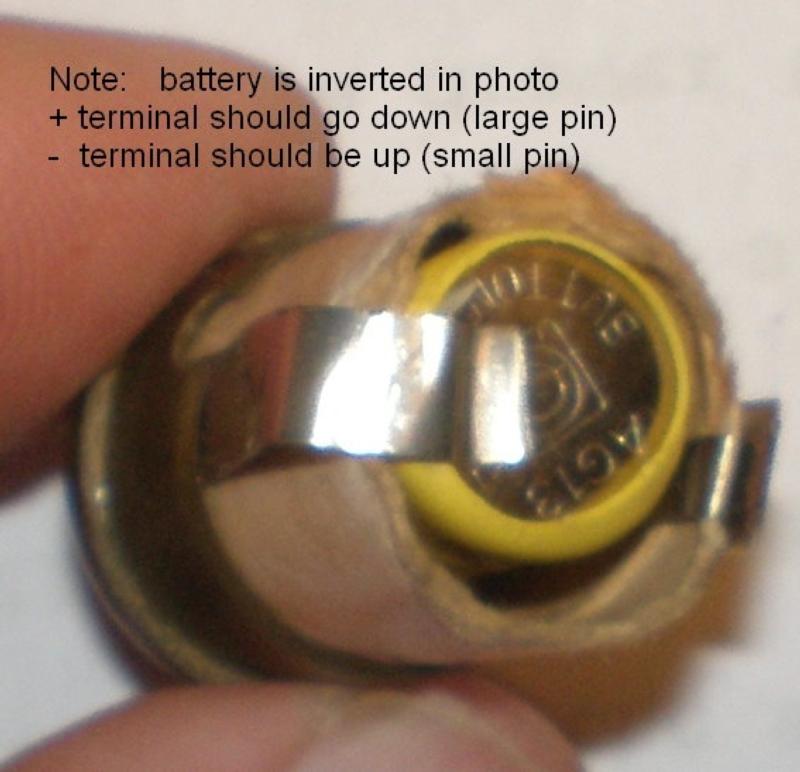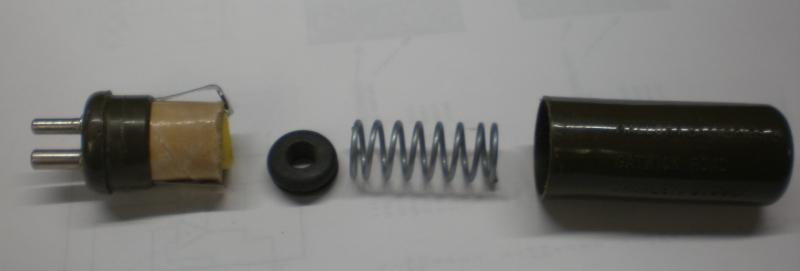|
Posted By: Robert Nickels (ranickels) Posted: 01/03/2021 Technical 01/03/2021 |
AN/GRC-9 Bias Battery replacementCheap and easy fix using coin cells |
|
The Korean-war vintage AN/GRC-9 is one of the most useful and fun military field radios for ham use, as with AM and CW modes and 2-12 MHz coverage and a VFO it's all ready to go on several ham bands. The battery tube superhet receiver is also power-friendly and sensitive and stable enough to copy CW and SSB but has one annoying flaw - the 4 volt bias battery used by the audio output stage is nearly always dead, which results in distorted audio. My solution is to re-stuff the existing plug-in Mallory battery housing with three new coin cells to provide 4.5 volts of bias voltage. The photos pretty much tell the story: - Remove the guts but keep the original battery connection terminal tabs - Solder on a new lower contact - I used a small chunk of copper clad board. - Drop in a spring terminal scrounged from an old AA battery holder. It would be best to solder it to the board but pressure contact works OK since there is very low current flow. - Make the replacement battery from three 1.5V lithium coin or button cells as shown. Cut a piece of heat shrink that is slightly longer so it will contract over the ends to help pull the cells together. I added a tiny dab of copper paste between each cell to help with continuity. - Re-form the top contact as shown and verify correct output voltage (my battery was inadvertently reversed when I took the photo). The positive voltage should be on the large diameter pin and the negative battery terminal shoudl go to the smaller diameter pin. - Add an insulator (rubber grommet or similar) and a compression spring that will apply light pressure to the upper contact when the original Mallory housing is reassembled. As long as the voltage doesn't change when you shake the new battery it should be fine as the housing will be held in place by the spring clamp at the base. That's it - just a few odds and ends from the junkbox and your GRC-9 receiver will be much easier on the ears! |
|
Related Images
Click on the image title or on the image itself to open the full-sized image in a separate window.
Related File Attachments
| Description | Comment |
|---|
Latest Articles
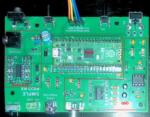
Technical
Posted: 01/29/2025
Comments: 0 |
Pico Rx performance - Excellent performance on 630m WSPR
The Simple Pico Rx is my minimalist implementation of Jonathan Dawson's "Pico Rx" at 101things: https://github.com/dawsonjon/PicoRX In this basic form the receiver consists of a Quadrature Sampling Detector (QSD aka Tayloe) and the Pico2 MCU which handles all DSP functions. There are NO front-end filters, the only bandwidth limitation comes from the tracking filter... READ MORE |
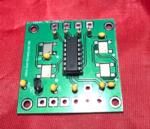
Crystal Replacement
Posted: 08/226/2024
Comments: 0 |
Making SMT "no lead" parts easier to use
SMT is the future - but how can we actually use parts without leads? ... READ MORE |
|
Crystal Replacement
Posted: 02/38/2024
Comments: 0 |
How good can a crummy receiver be?
Hundreds of different simple SDR receivers have been designed around Dan Tayloe's Quadrature Sampling Detector or QSD. Mine add nothing to the state of the art, and in fact subtract things, as I like minimalist solutions and the QSD is right in that sweet spot. Following the evolution of Tayloe's design I delete the resistors in series with the sample lines for inst... READ MORE |

Technical
Posted: 02/37/2024
Comments: 0 |
What's in a number (3253)?
The FST3253 dual four-to-one mux/demux IC has long been used as a "Tayloe Detector" or QSD (and QSE) in low-cost SDRs. They provide incredible performance for such a simple circuit, converting RF to baseband IQ with low loss and the ultimate in simplicity. Unfortunately the original FST3253 part has become obsolete and while substitutes are available, this is where the... READ MORE |

Vintage Ham Radio
Posted: 02/32/2024
Comments: 0 |
The Stancor 10P Transmitter
There weren't really many commercial transmitters in the 1930s as most hams built their own. But many of the ones that were offered came from the transformer companies who had two chances to profit. First, from those who would buy the kit, and two, from those would would see it in the (free) booklets the companies provided to their distributors who would then sell the iron to ham... READ MORE |

Vintage Ham Radio
Posted: 12/355/2023
Comments: 0 |
The Care and Feeding of the EF Johnson Courier amplifier
The EF Johnson "Courier" is a grid-driven amplifier using two 811A tubes. Switching is provided for operating in either class C for CW or as a class B linear amplifier for AM or SSB. Rated power is 500 watts input for CW, 500 watts PEP input for SSB, and 200 watts input for double-sideband AM with carrier. Since all amateur power levels were meas... READ MORE |

Historic
Posted: 11/329/2023
Comments: 0 |
TV Duplexer
Some things are interesting, even if totally useless nowadays. Such is the case with the Philco 426-3034 Crossover Kit for UHF TV. What the heck is that? Well, back in the late 50s, UHF television stations operating on channels 14-83 started to appear in many areas of the US where viewers had a VHF-only TV antenna, and in many cases an externa UHF converter was... READ MORE |

Crystal Replacement
Posted: 11/327/2023
Comments: 0 |
Replacing failed crystals
For decades, quartz crystals were used everywhere a stable frequency source was needed, even in some applications that depended on overtone (harmonic) behavior into the VHF range. These crystals were less stable and more dependent on circuit parameters that fundamental types and thus more problematic. Such was the case with the 94 MHz crystal in the 2 meter converter ... READ MORE |

Historic
Posted: 11/315/2023
Comments: 0 |
My Own Ham Radio Story by W9RAN
Everyone has a story of how they got involved in ham radio - this is mine. It started much earlier, including receiving a Knight Kit Span Master shortwave radio for Christmas in about 1963, at age 12. I'll never forget the night my dad and I finished building it and I wanted to try it out. It came with a 50 ft. antenna which was still coiled up - but ... READ MORE |

Technical
Posted: 09/267/2023
Comments: 0 |
Hot to simulate vacuum tubes in LTSpice
LTSice is a powerful simulation tool that is provided free by Linear Technology Corp. It comes with a complete library of passive and common analog solid-state components but if you want to use it to simulate vacuum tubes, it doesen't work as-is. Even though triode and pentode symbols can be found in the "Misc" folder, they are just schematic symbols and... READ MORE |
